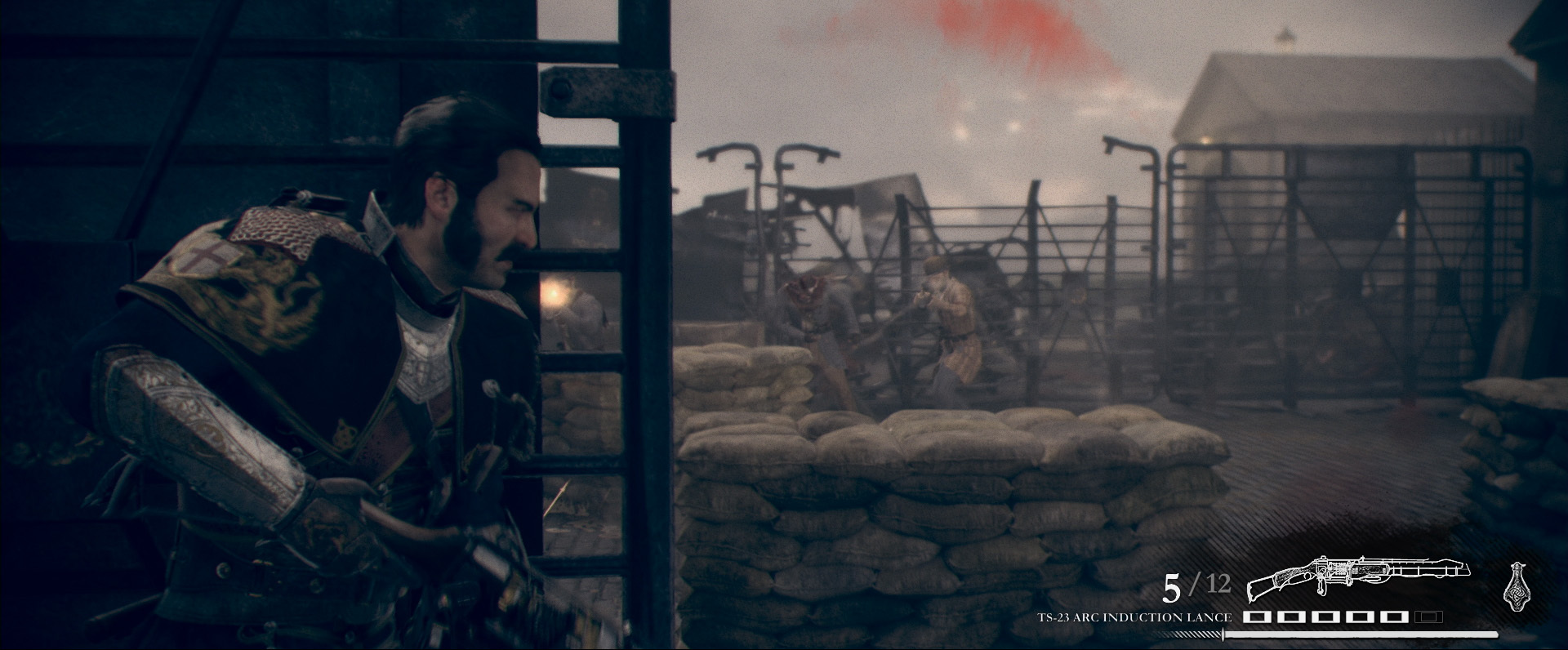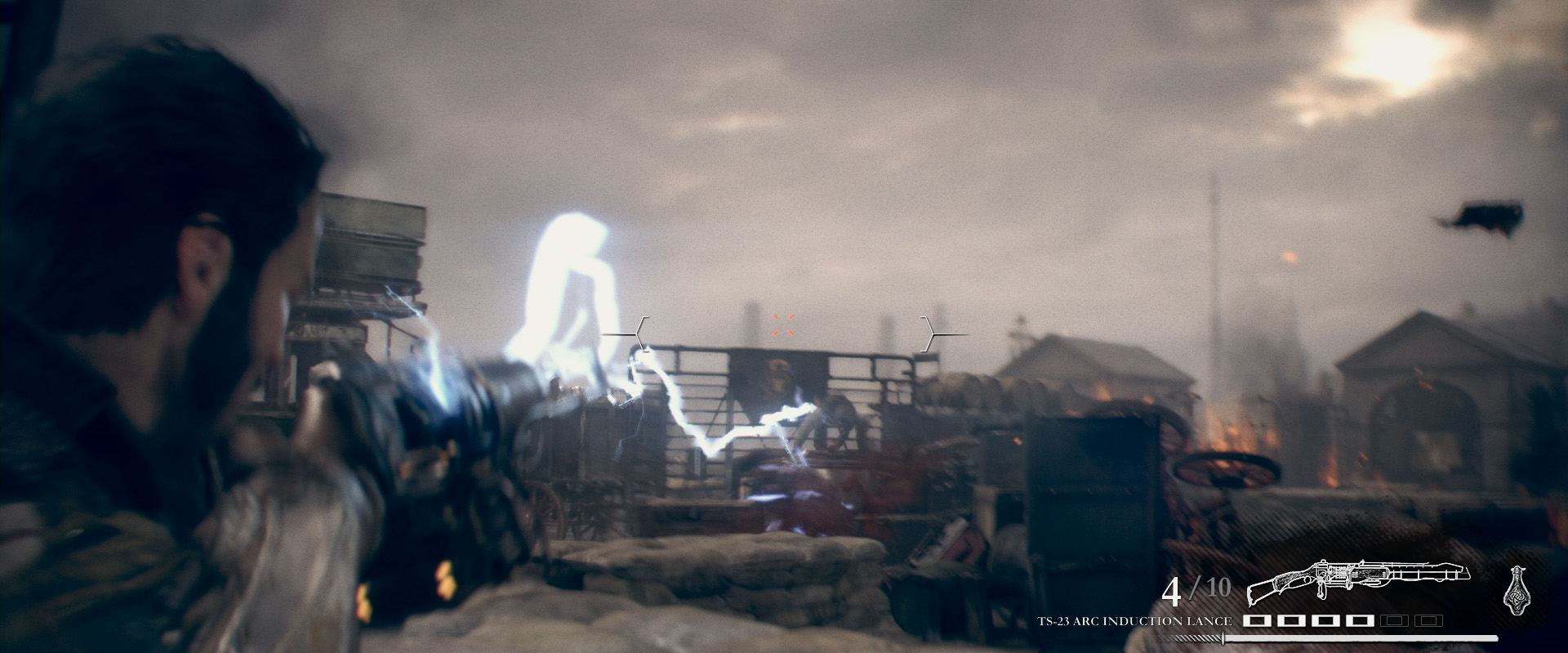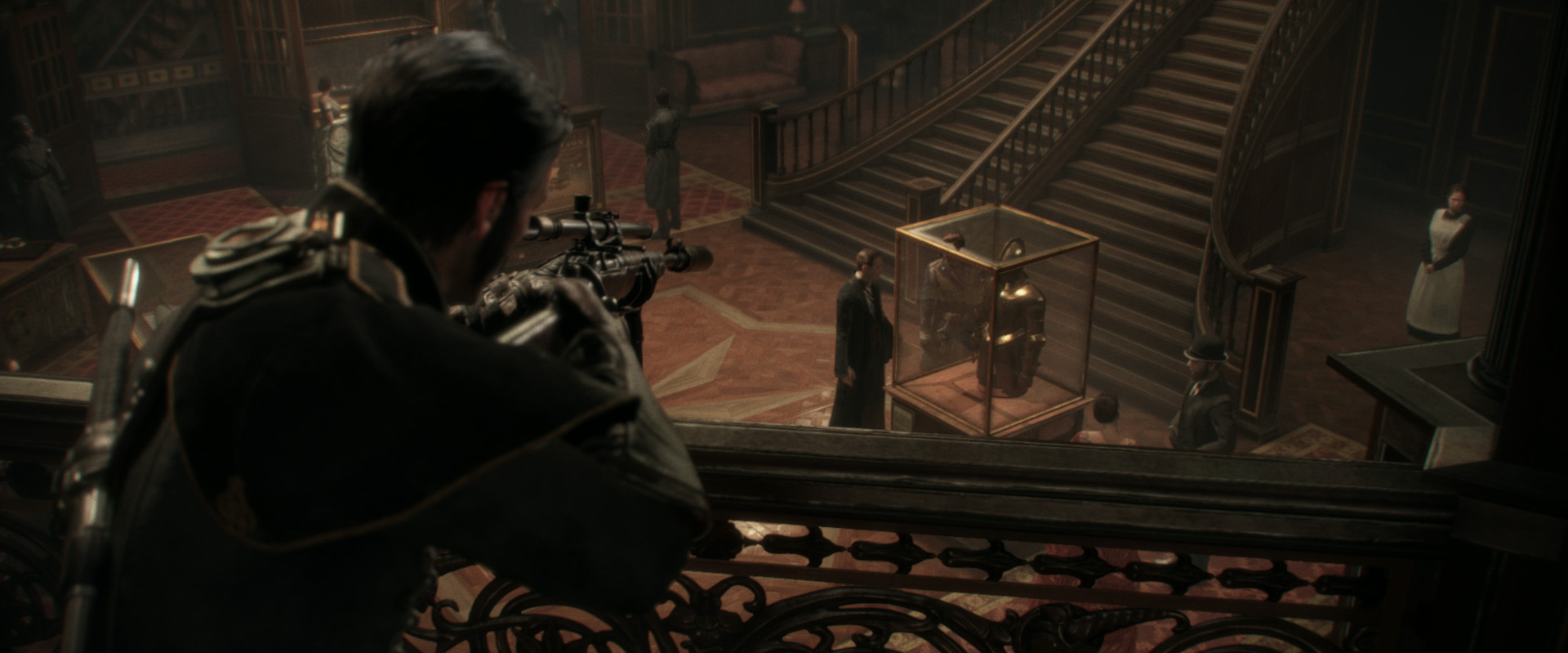The Order: 1886 review
Victorian London’s got a bit of a werewolf problem - but you’ve got the mutton chops to fix it
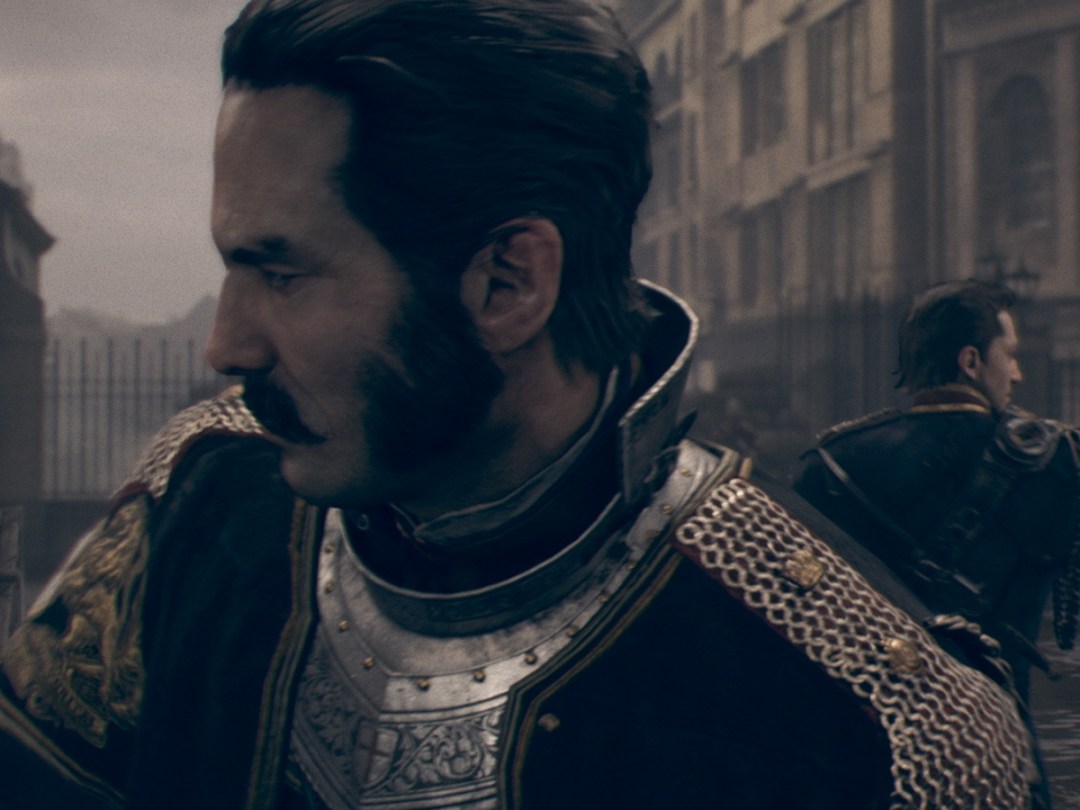
Some people think value and quantity are inextricably linked. They think that if they get anything less than 50 hours of play out of a game they’ve been ripped off somehow.
I fall into the other camp. The camp that says the quality of the experience is what counts, no matter how long it lasts.
But even I’ve got my issues with the brevity of The Order: 1886.
A question of more than length
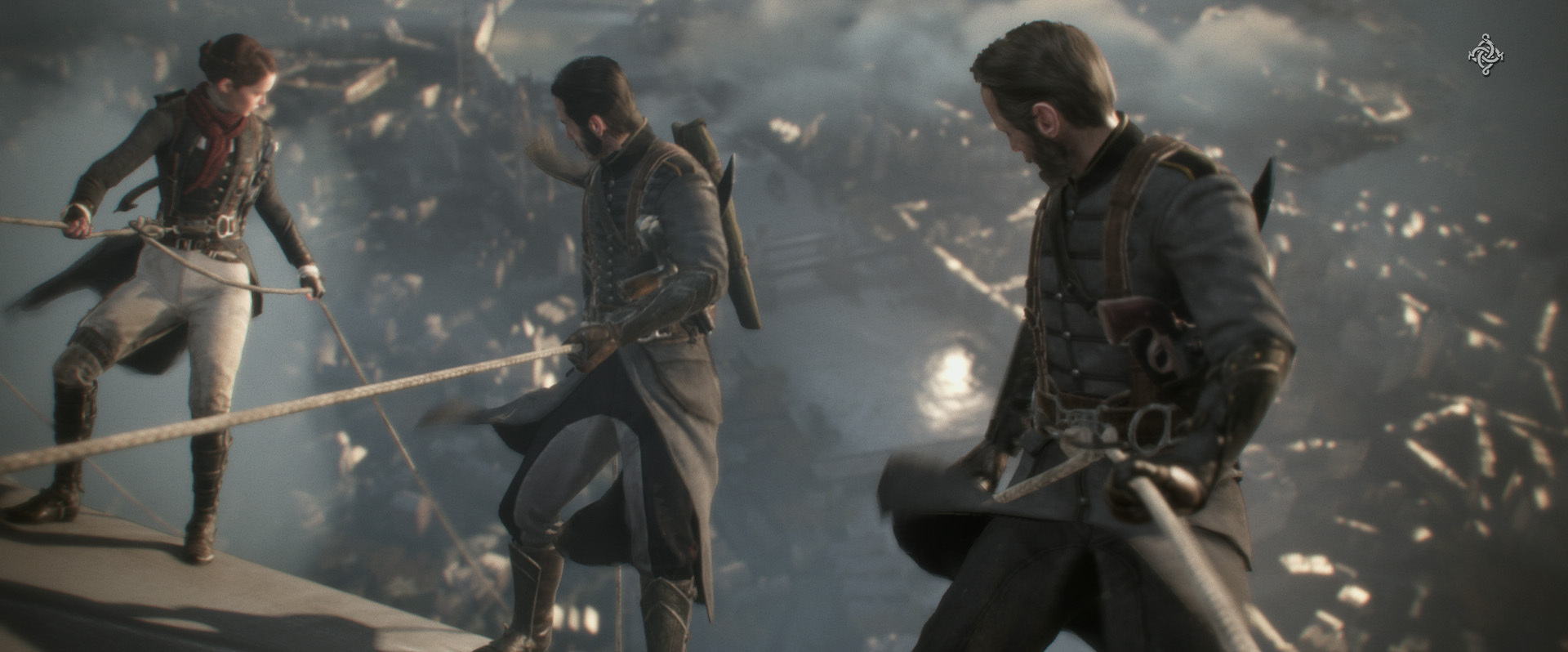
It’s not really that it’s short – although I can completely understand why £50 for eight hours of gameplay (and I took it slowly) will upset some. It’s the way it ends.
I’m clearly going to avoid spoilers, but the point that the final cutscene fades to black is the point that you just seem to be getting to the meat of the story. The game ends just as it seems to be beginning, leaving you with the sense that you’ve just played a prequel or an origins story. It’s a bit like watching the pilot for a great TV series and then finding out you’ve got to wait two years for the next episode.
With the game being so linear and lacking in significant collectables there’s little reason to replay it, and the lack of any kind of multiplayer or horde mode means once you’ve had your eight hours of entertainment you’re probably done for good. There are going to be a lot of trade-ins of this one.
Read more › Mortal Kombat X Preview
Knights vs Werewolves
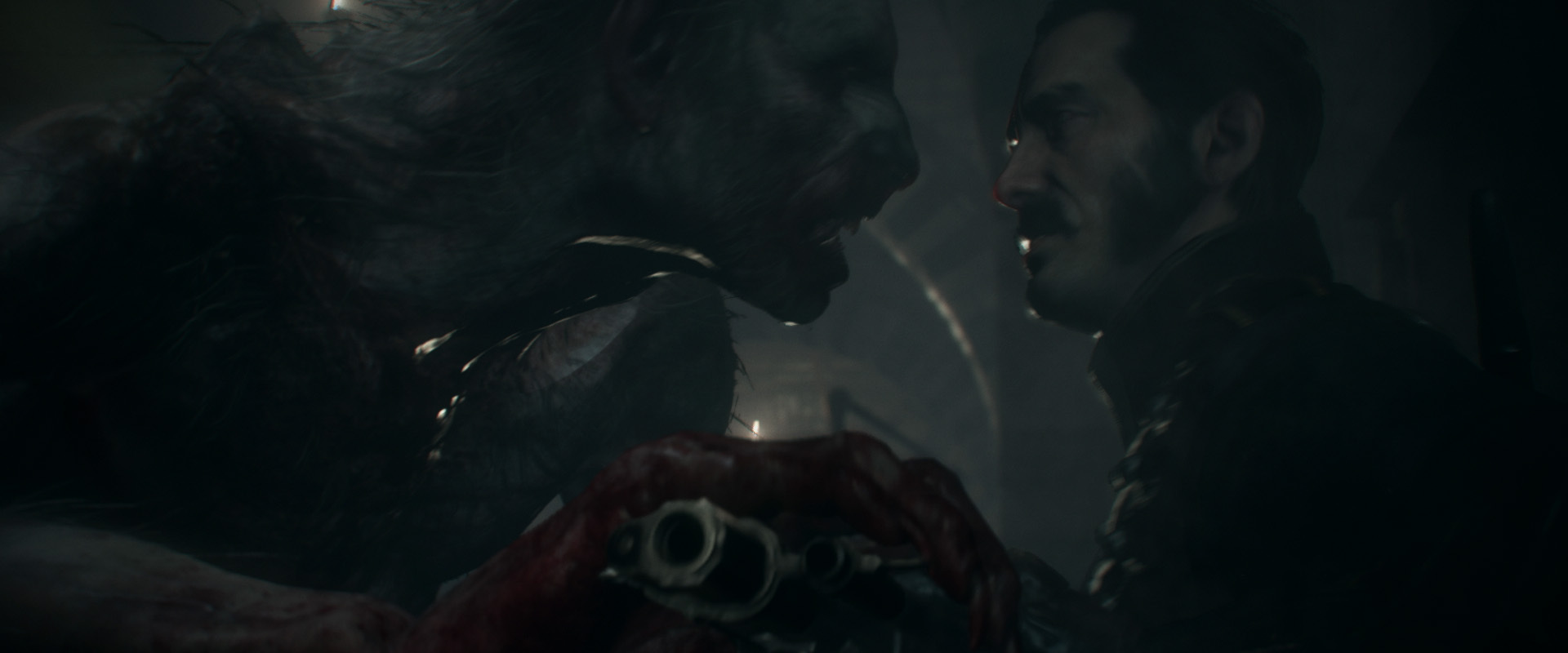
It’s a crying shame that you end the game feeling so hollow and let down, because what you’ve played and experienced to that point has largely been very enjoyable.
The concept is fun from the start – it’s knights vs werewolves – but the depth of the story, the voice acting, and the way plot points and background are drip-fed during playthrough adds to the intrigue. There are vials of liquid that heals wounds, suggestions that the battle between humanity’s protectors and the furry fanged ones has been raging for hundred of years. And while we’re at it, what are knights doing in Victorian London? And where did they get those lightning-firing guns? All will be revealed through the deft and subtle storytelling.
My only beef with the way the story unfolds is with the use of a flashback for the opening chapter. Honestly, hasn’t this been done enough now? It’s a contrived approach and one that robs some later chapters of suspense because you know the characters that are apparently in peril must survive because they’re in that prequel chapter.
The city is the star
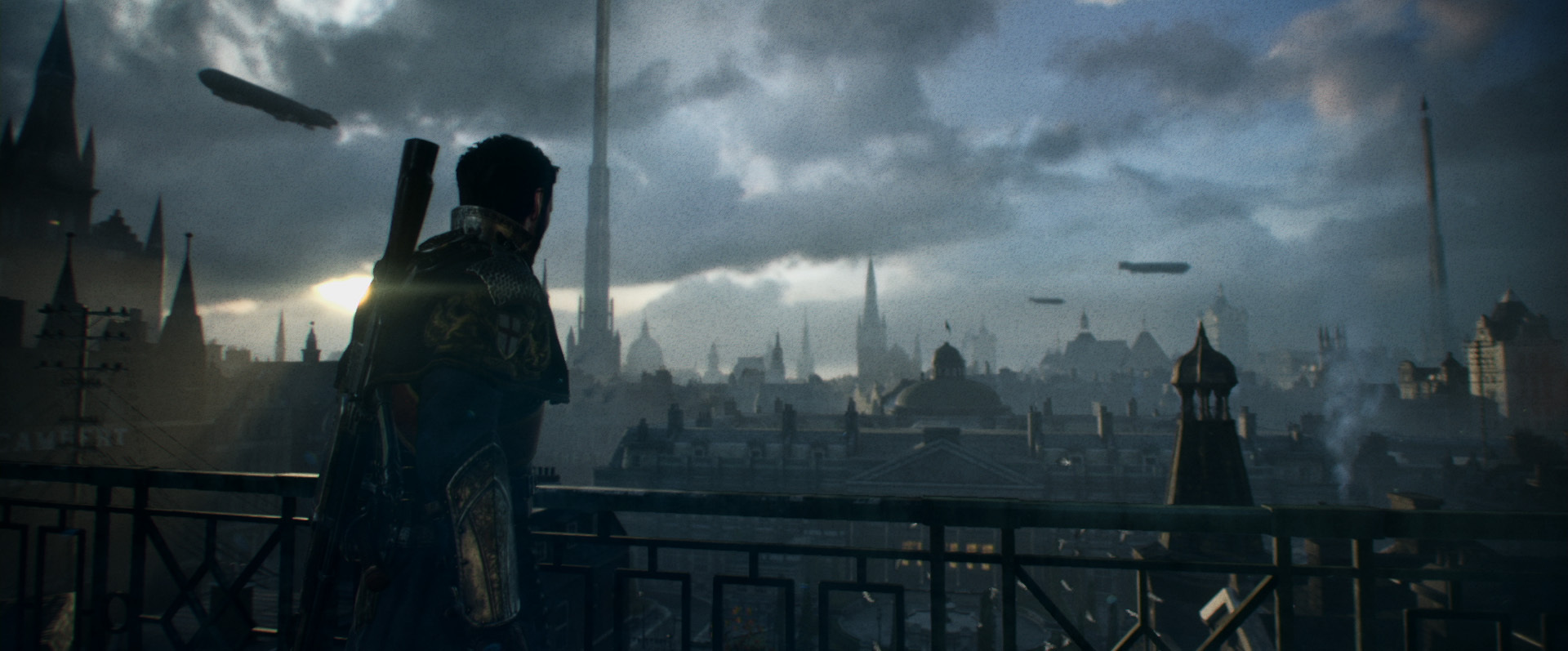
But you do otherwise rather care for most of the characters. You play as Sir Galahad, the strong, loyal, stoic type, and he forms the centre point of a squad that includes the veteran Sir Percival, feisty potential love interest Lady Igraine, and Parisian charmer Marquis de Lafayette. Essentially the obvious bases are covered, but the interaction between the characters is enjoyable to watch thanks to the smart writing and lusciously animated cutscenes.
The overall presentation is glorious. This is a recreation of Victorian London that’s dripping with detail and authenticity. There’s palpable texture to everything – this doesn’t just look like London, it feels like London.
But there are still a couple of ways in which the mood is broken. How you feel about the 21:9 ratio that leaves black bars to the top and bottom of your screen will be very personal, but to me it feels like wasted space. Ready At Dawn will say it’s been done to make everything feel more cinematic, but the truth is probably as much to do with graphics performance – those are big chunks of screen that don’t require any processing power.
And NPCs are a bit of an issue. Walking down the street you encounter civilians milling around. At first it adds life to the city, but in no time at all it feels more like an animatronic theme park – you approach someone, they do their little performance and then stand there like robots that have run out of instructions. You can’t interact with them, either, even to break up a disturbingly one-sided fight – which is the sort of thing you’d think a venerated lawman might intervene in.
Read more › Game of Thrones: A Telltale Game Review
Thermite in the streets of London
Werewolves might be the overarching enemy, but you most often find yourself in combat with London’s disgruntled human inhabitants. These firefights will feel very familiar to anyone who’s played a Gears of War game – you press a button to stick to cover, popping up and shooting when you see an opening.
It’s a very (perhaps overly) familiar system, but it’s enhanced here by great feel to weapons, dramatic explosions and chunky, solid sound effects. The fictional weapons fit really nicely, too – they’re spectacular and over the top, but they still feel as though they somehow fit. The thermite rifle is a particular pleasure. When carrying this weapon your primary fire shoots out thermite particles, creating localised clouds around your enemy – press the secondary fire button and you launch a flare that ignites the cloud and anyone unfortunate enough to be caught in it.
But overall there’s little flexibility in the combat. The environments are generally narrow and enclosed, leaving you very little opportunity to flank your enemies. Too often there are just a couple of pieces of cover to choose from, so you take the prescribed position, enemies spawn from their prescribed position, you pop up and blast them. There’s just not enough scope for variation or experimentation.
And when it comes to fighting something other than a human you find the combat follows either a very simple and rigid pattern, or it’s a boss and the whole thing turns into an interactive cutscene. The latter is fine if you like that sort of thing, but those quicktime events are anathema to many a gamer.
The Order: 1886 Verdict
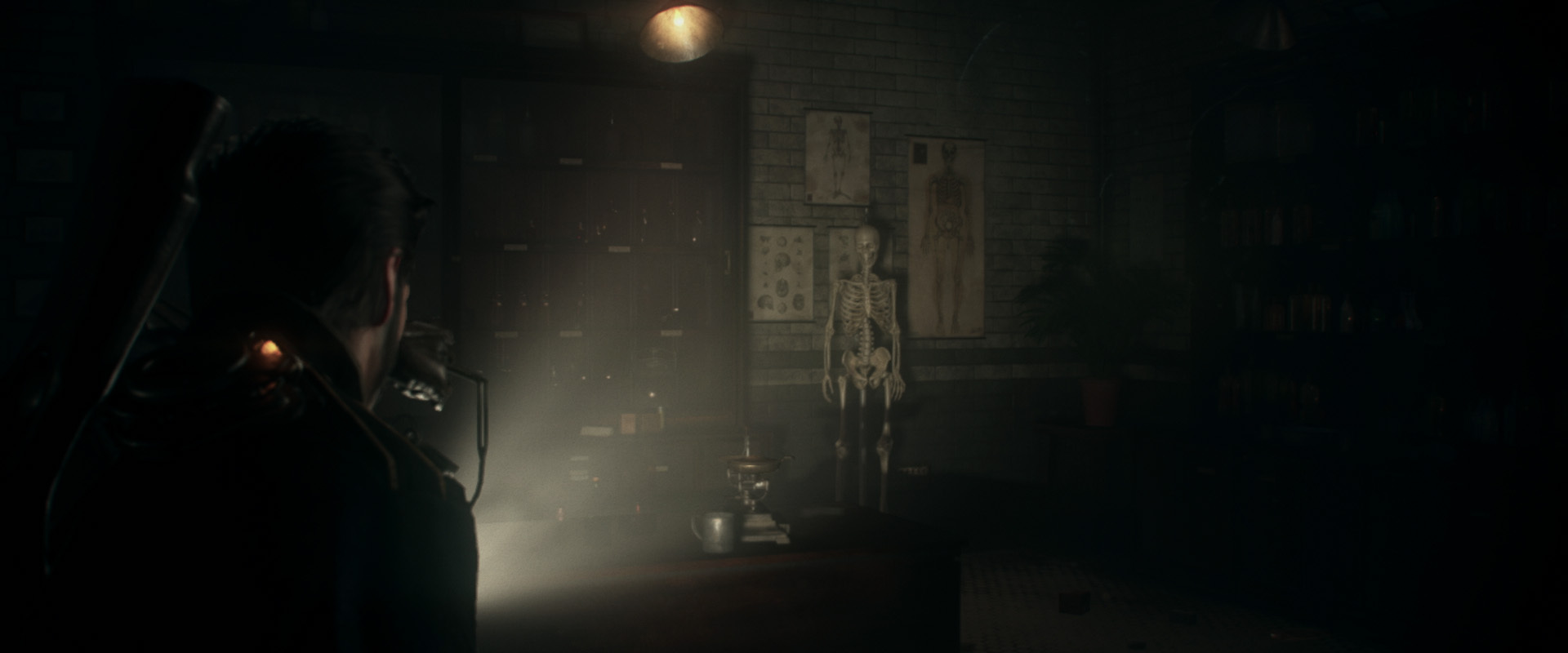
If it sounds like I’ve really taken against The Order, that’s not entirely the case. I enjoyed it quite a lot while I played it – I like the characters, the presentation is in many ways utterly incredible, and the story is one that works for me.
But it’s a really hard game to recommend. It feels like half a game – even less than that in fact. Not because it’s short, but because it only tells the very beginning of a story, and I find it hard to imagine anyone feeling any real satisfaction at the end.
I’m still hoping there are sequels, and I look forward to the point that there’s a whole series to play through. That’s going to be the way to play The Order – but on its own this first entry will leave you feeling rather hollow.
Check this out › The 10 Best Games in the World right now
Stuff Says…
Enjoyable while it lasts, but few will be satisfied by The Order’s premature end
Good Stuff
Lovingly crafted alternate Victorian London
Interesting concept and generally clever storytelling
Sky-high production values
Bad Stuff
Ends too soon and with no closure or satisfaction
Very linear
No multiplayer or replay value
